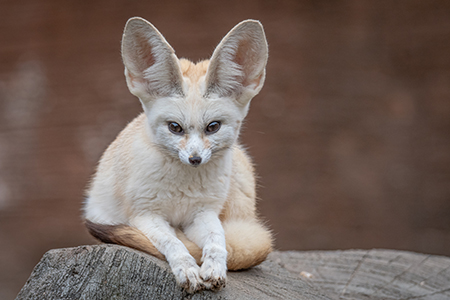 Uncategorized
Uncategorized  No Comments
No Comments These Animals’ Adaptations Are Fitted Desert Fashion
When you get hot, you sweat: glands throughout the body release liquid to the surface of your skin, which helps to cool you as it evaporates. It’s a simple concept and we’ve all done it at one time or another. Numerous other mammals do it, too. But while sweating is a great evolutionary trick, if we don’t have enough water to drink, it can be problematic, as sweat costs us our excess water. Because of this, many animals living in environments where water is too precious to waste have evolved ingenious methods of keeping cool and staying hydrated.
Ever wonder why the tiny fennec fox looks like its ears are on loan from the much larger red fox? Its giant ears aren’t just for fashion and to better hear their prey. They also serve as a pair of radiators to dissipate excess heat from their bodies. This is an extremely valuable adaptation, given the arid environments they inhabit. African elephants, with their thin, floppy ears, engage in this practice as well – fennec foxes just do it in a more dramatic (and cuter) manner.
When it comes to saving water, one method that might seem unpleasant to us is reabsorbing urine. It’s something we can actually do to a point, but nowhere to the extent of desert animals who have adapted to the practice. In this category, the true champion pee-holder is Australia’s spinifex hopping mouse, whose ridiculously efficient kidneys squeeze nearly every usable drop of liquid from their pee – reabsorbing, reabsorbing, and reabsorbing – until they produce solid urine! Best not to try that one at home.
That’s just two animals. There are countless other species with amazing extreme-environment adaptations like the fennec fox or spinifex hopping mouse. But while these animals are impressive, that doesn’t mean they are indestructible. In fact, some animals with extreme adaptations may be at an increased risk of extinction due to climate change, pollution, and/or habitat loss than others, because they are already living near their edge of survivability – if things get much hotter and dryer and they have nowhere else to go, they will simply die out.
Resources
★ What Does the (Fennec) Fox Say?
★ This hopping mouse produces solid urine to cope in the harsh Aussie desert

